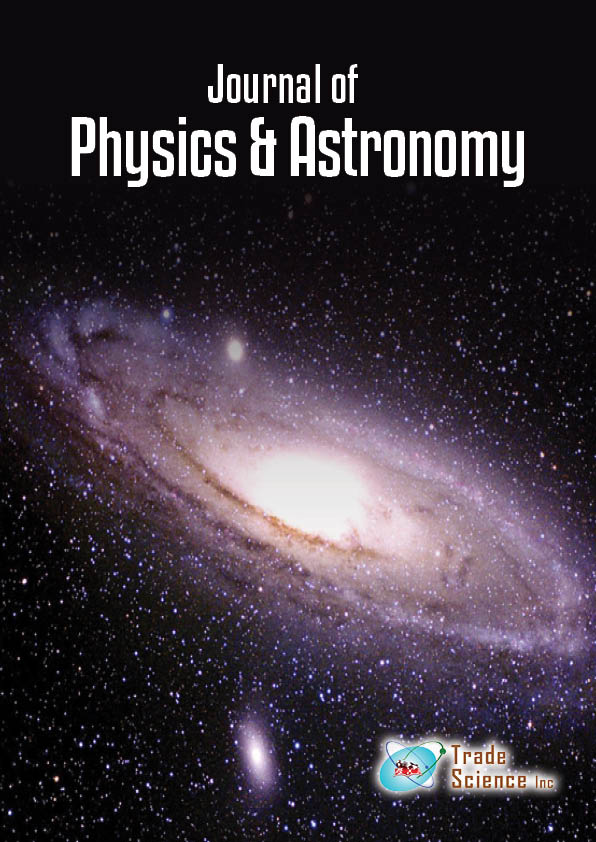抽象的な
Planck Quantum Gravity Theory
Xiao Lin Li
The author describes a new theoretical model that uses methods of quantum field theory to represent gravitational forces. Scalar particles with different rest masses in 4-dimensional space-time can be unified into one scalar particle field in 5-dimensional space-time. Particles have the property of a quantized intrinsic length. This intrinsic length can be identified using the Planck length. This intrinsic length of a particle, which originates from quantization, is invariant in all frames of reference, much like physical quantities such as charge, spin, and zero-point energy. Based on the propagator and intrinsic length of the particle fields, the gravitational effect can be derived using the methods of quantum field theory. Gravitational force is only an additional effect of the particle field, and there is no independent gravitational field. The commutators that transmit the gravitational force are the particles themselves, and there is no independent graviton. Gravitons do not exist. In other words, gravitons are the particles themselves. There is an unknown mapping between 5- dimensional space-time and 4-dimensional space-time. The gravitational force in 4-dimensional space-time is the mapping result of the gravitational force in 5-dimensional space-time. The gravitational effect of the particle field limits the maximum energy of the virtual particle, preventing the divergence of the integrals of propagators. The gravitational property is the missing part of quantum field theory. Gravity imposes a limitation on coordinate transformations, which do not eliminate the intrinsic length of particles.
